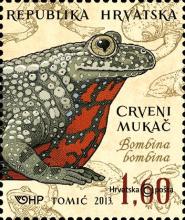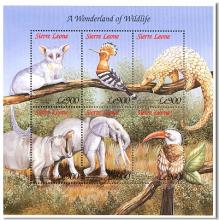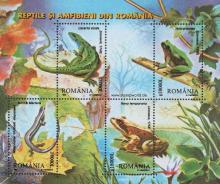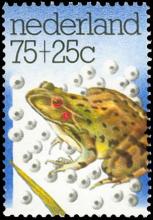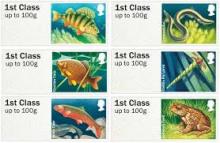
A new paper is calling for more attention to be paid to poorly-known micro-organisms capable of killing off amphibians and fishes. Chytridiomycosis, caused by the amphibian chytrid fungus, affects the skin of amphibians, is capable of killing rapidly, and is responsible for population declines and extinctions in amphibians globally. Not surprisingly, it is the most well-studied disease in amphibians. But it’s not the only fungal or ‘fungal-like’ disease out there. One particular group of fungal-like parasites called mesomycetozoeans (what is it with fungi and difficult to pronounce names!?) are very poorly-studied parasites capable of causing high mortality rates in fish and amphibian populations. Mesomycetozoeans are microscopic, but can cause visible lesions on skin, muscle or internal organs in amphibians and freshwater fishes, and these infections can kill. Although we don’t know much about them, several aspects of the biology of mesomycetozoeans are particularly worrying. They are highly virulent (deadly!) under certain conditions, aren’t at all fussy about which species they infect (even jumping from fish to frog, for example), and have a free-living infectious stage. Together, these characteristics make them possible candidates for causing the extinction of their host species, just like the better-known amphbian chytrid fungus.

